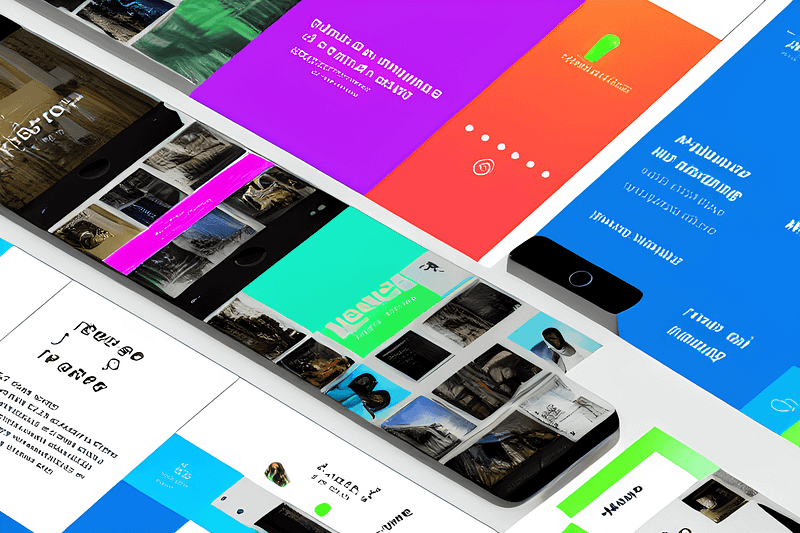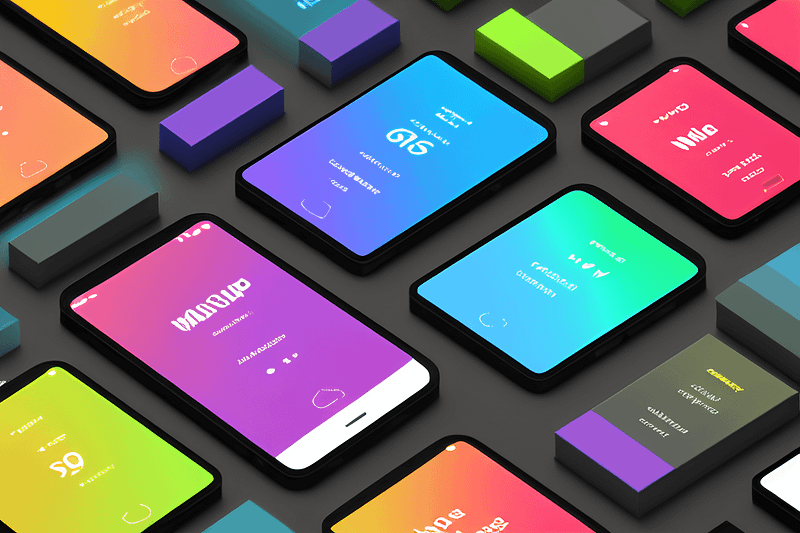UX/UI: Research and Design

UX/UI design is the process of designing the user experience and user interface of software applications. UX design focuses on creating a positive and intuitive experience for users, while UI design focuses on the visual appearance and layout of the user interface. Both are important for creating effective and appealing software applications. Whether building a […]
Mobile Development: iOS and Android

Mobile development refers to the process of creating software applications that run on mobile devices, such as smartphones and tablets. The two main platforms for mobile development are iOS, which is used on Apple devices such as the iPhone and iPad, and Android, which is used on a wide variety of devices from different manufacturers. […]
Back-end Web Development: An Overview

Back-end development, also known as server-side development, is the process of building and maintaining the technical infrastructure of a website or application. This includes the server-side languages and databases that power the application, as well as the server infrastructure that runs it. Unlike front-end development, which focuses on the user-facing aspect of a website or […]
Front-end Web Development: An Overview

Front-end web development refers to the process of building and designing the user-facing parts of a website. It involves creating the structure, layout, and styling of web pages using a combination of HTML, CSS, and JavaScript. Front-end web development is an essential part of the development process, as it determines how users interact with and […]
Cloud Certifications: AWS, Azure and GCP

Cloud computing has become an increasingly important part of the IT industry and obtaining a cloud certification can be an asset for IT professionals looking to advance their careers. In this blog post, we will explore the different types of cloud certifications available from AWS, Azure, and GCP and provide tips on how to select […]
The Internet of Things (IoT): Connected Devices, Smart Home and Wearables

The Internet of Things (IoT) refers to the interconnected network of devices, sensors, and systems that can communicate and exchange data with each other. From connected devices in healthcare to smart home technology and wearables, the IoT has the potential to transform a wide range of industries and improve our daily lives. In this blog […]
Virtual Reality: A Fully Immersive Experience

Virtual reality (VR) is a technology that allows users to immerse themselves in a computer-generated environment. By using VR headsets and other sensory devices, users can interact with the virtual world and experience it as if it were real. VR has the potential to revolutionize the way we experience and interact with the world, offering […]
Augmented Reality: Enhancing Reality with Digital Content

Augmented reality (AR) is a technology that allows users to interact with virtual content in the real world. By overlaying digital information on top of the physical environment, AR enhances the user’s perception of reality and can provide a more immersive and interactive experience. AR has a wide range of applications, from retail and gaming […]
Introduction to Extended Reality (XR): AR, VR, MR

XR (Extended Reality) technologies have the potential to revolutionize a variety of industries and change the way we interact with the world. XR encompasses virtual reality (VR), augmented reality (AR), and mixed reality (MR) technologies, which all allow users to experience and interact with virtual or simulated environments and objects. Table of Contents Overview of […]
The Essentials of Data Science: An Overview

Data science is a multidisciplinary field that involves the use of scientific and mathematical methods to extract insights and knowledge from data. It encompasses a wide range of techniques and tools, including machine learning, statistical analysis, and data visualization. Data science has become increasingly important in recent years, as the amount of data being collected […]
